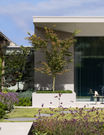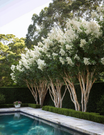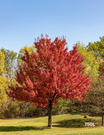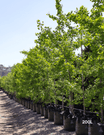





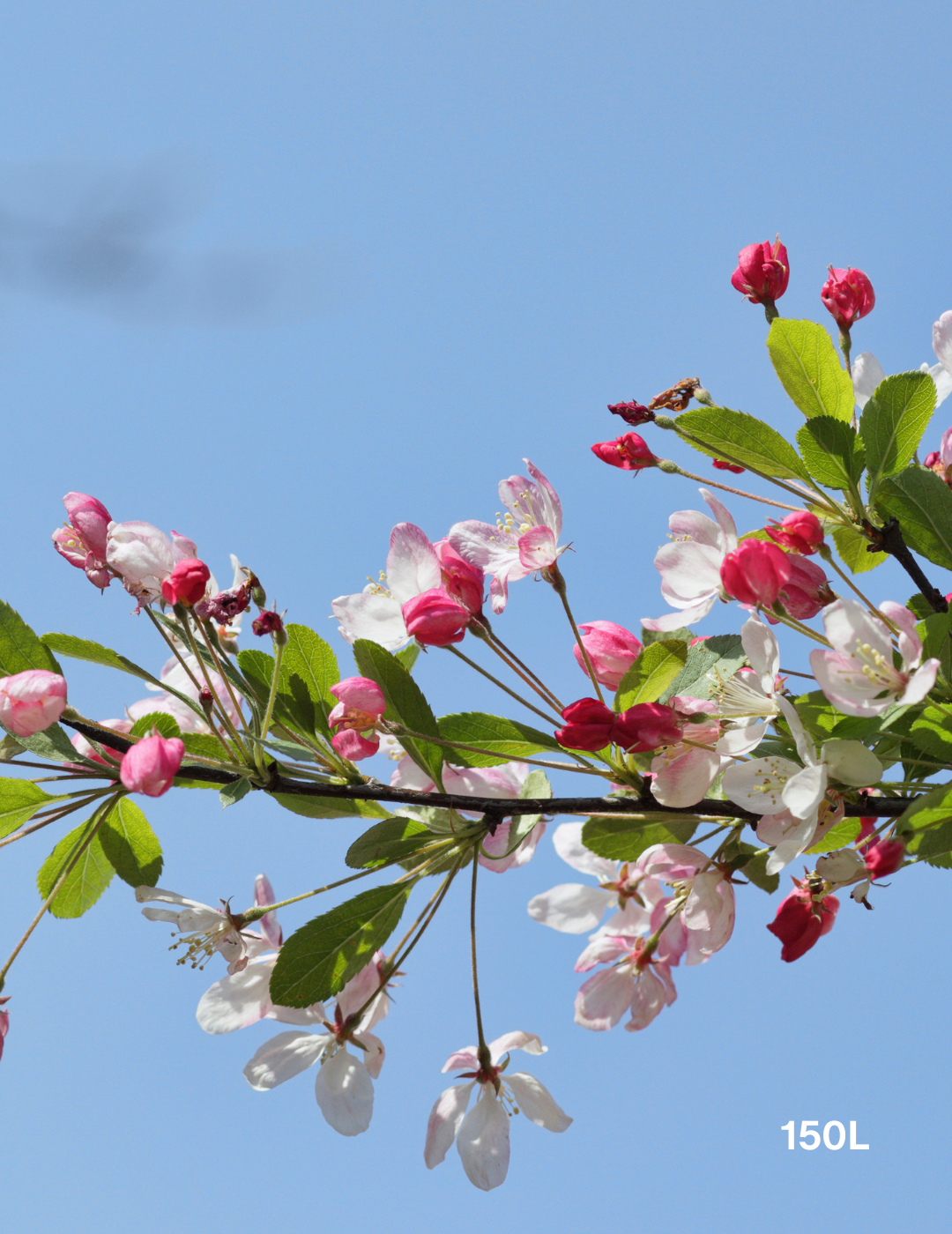








Malus floribunda (Japanese Crabapple)
Tax included. Shipping calculated at checkout
Please note, as living products, our trees naturally vary in size and appearance throughout the seasons. The photos on our website are provided as a helpful guide, but may not always reflect our current batches.
We always aim to deliver stock as pictured, but some variation is to be expected. For up-to-date sizing, please refer to our current height guide. If you’d like to see photos of our current stock, just let us know—we’re happy to send them!
Our Shipping cost is calculated at checkout based on volume you anticipate to order and exact location.
You will not be charged to find out this information.
We supply advanced trees to landscapers, developers, architects, and councils Australia-wide. Trade clients receive fast quotes, expert advice, and access to premium stock with reliable freight.
10% OFF
When you spend $1,000
15% OFF
When you spend $2,000
20% OFF
When you spend $7,500
Discounts apply automatically at checkout.

Malus floribunda (Japanese Crabapple)
 is a Deciduous (Defoliates throughout colder months)
is a Deciduous (Defoliates throughout colder months)
 tree with a Mature Height of 4m - 7m Approximately,
and a Mature Width of 4 – 6 meters.
tree with a Mature Height of 4m - 7m Approximately,
and a Mature Width of 4 – 6 meters.
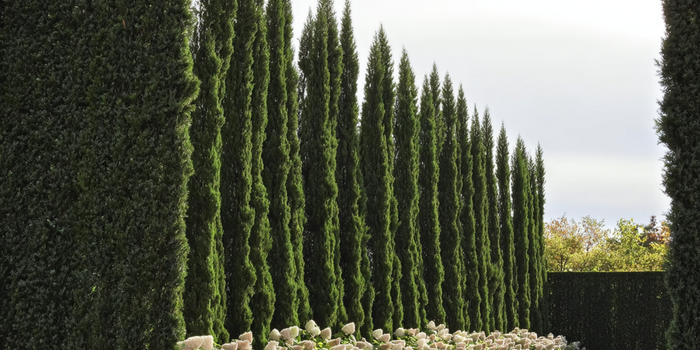 They have a Medium Growth Rate,
They have a Medium Growth Rate,
 with per annum growth of Approx 30 – 60 cm per year (moderate).
with per annum growth of Approx 30 – 60 cm per year (moderate).
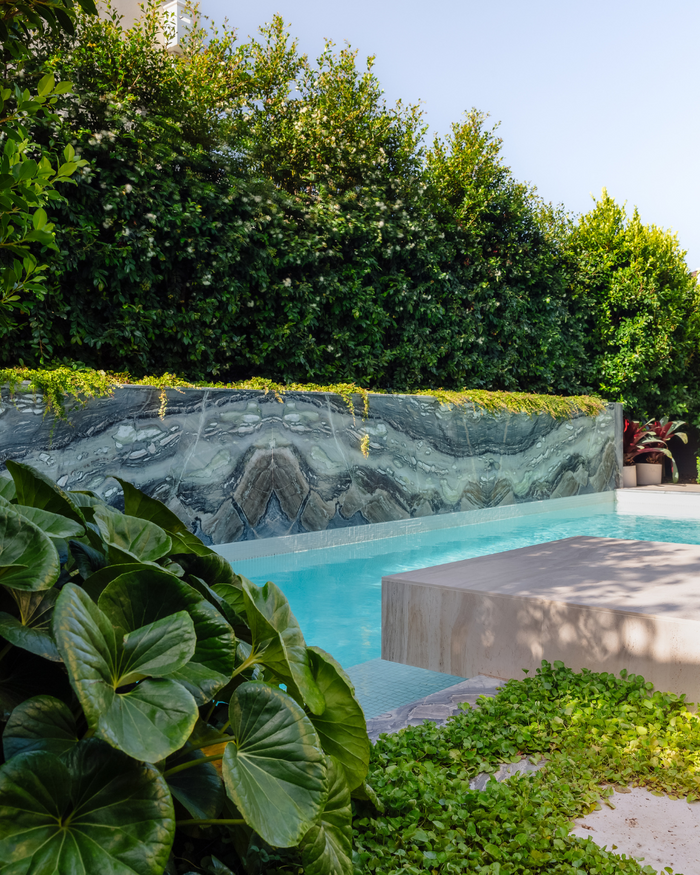 Malus floribunda (Japanese Crabapple) can be used for Feature Tree, Street Tree, Council or Civic Landscapes, Shade Tree, and Avenue Planting.
Malus floribunda (Japanese Crabapple) can be used for Feature Tree, Street Tree, Council or Civic Landscapes, Shade Tree, and Avenue Planting.
 They tolerate Full Sun.
They tolerate Full Sun.









PLANT PROFILE
Malus floribunda, known as the Japanese Crabapple, is a stunning deciduous tree valued for its spectacular spring blossoms and compact form. Growing 4–6 meters tall and wide, it features mid-green leaves that turn yellow to red in autumn, adding seasonal color.
This tree produces profuse pale pink to white fragrant flowers from red buds in spring, attracting pollinators. Small red to yellow crabapples follow, providing food for birds through winter. With a rounded, spreading habit and gracefully arching branches, it creates year-round interest.
Ideal as a specimen tree, for gardens, parks, or streetscapes, the Japanese Crabapple thrives in full sun to partial shade, requires low maintenance with occasional pruning, and benefits from moderate watering, especially during establishment.
A beautiful, wildlife-friendly choice that adds charm and ecological value to any landscape.
Mature Height: 4m - 7m Approximately
Mature Width: 4 – 6 meters
Approx 30 – 60 cm per year (moderate)
Use this as a reference when digging your planting hole. We recommend digging at least 10% wider than the dimensions below to encourage strong root development.
- 30cm Pot: 33cm (W) × 30cm (D)
- 40cm/45L Pot: 44cm (W) × 41.5cm (D)
- 50cm Pot / 70L Pot: 55cm (W) × 41.8cm (D)
- 100L Bag: 50.6cm (W) × 52.8cm (D)
- 150L Bag: 66cm (W) × 55cm (D)
- 200L Bag: 71.5cm (W) × 60.5cm (D)
- 300L Bag: 88cm (W) × 63.8cm (D)
- 400L Bag: 99cm (W) × 66cm (D)
- 500L Bag: 122cm (W) × 66cm (D)
- 750L Bag: 134cm (W) × 69cm (D)
- 1000L Bag: 146.3cm (W) × 71.5cm (D)
- 2000L Bag: 176cm (W) × 82.5cm (D)
Malus floribunda (Japanese Crabapple) is Frost Hardy – Survives heavy and frequent frost without damage..
Does Malus floribunda (Japanese Crabapple) flower?
Pink
We've Been Featured In







Here Is What Customers Like You Frequently Ask
FAQ

Your One Stop Shop Advanced Tree Supplier
HAVE A PLANT SCHEDULE TO SEND US?
Need Assistance For Your Next Project? Let Us Help.
Evergreen Trees Direct is Australia's unrivaled supplier of the highest quality advanced tree stock. Our extensive supplier network allows us to provide a one-stop shop for all your landscaping needs, no matter how big or small the project. We pride ourselves on exceptional service, ensuring a seamless experience from selection to delivery. Trust us to bring your landscaping vision to life with the perfect trees for any outdoor space. With our unrivaled selection and commitment to service, Evergreen Trees Direct is the top choice for landscapers, property developers, and garden enthusiasts alike.
Recently Supplied Projects
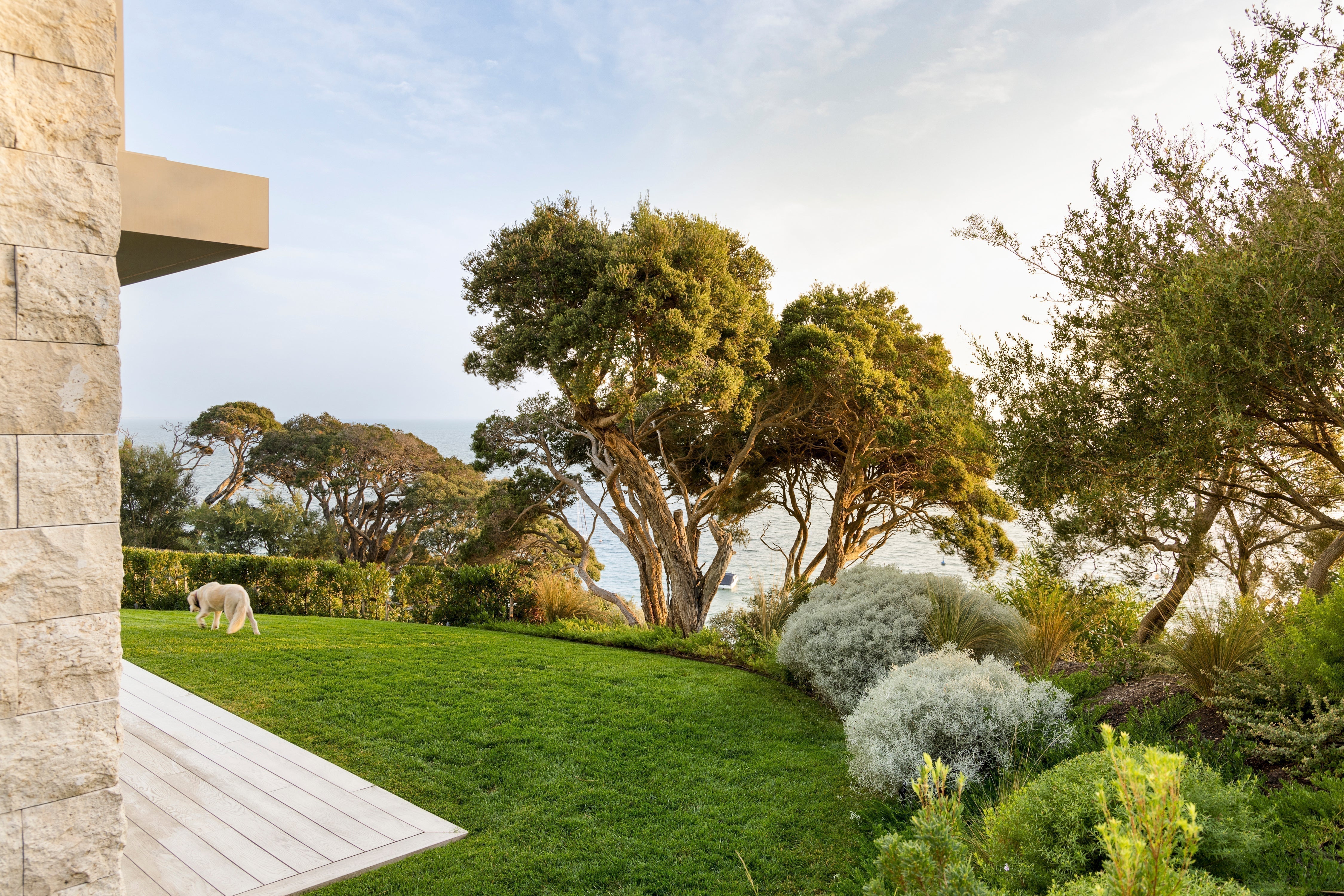
Mornington Peninsula Coastal Garden
A layered, resilient coastal garden designed to withstand harsh salt winds and seasonal extremes. This Mornington Peninsula property features a curated tree and shrub palette focused on longevity, ...

Presenting our recent project in Brighton, Victoria, landscaped by Jack Merlo Landscape & Design. This modern landscape features a variety of hedging, screening, and feature trees, all supplied...

Horizon House in Flinders blends nature with bold architectural design, using natural elements to enhance its modern aesthetic.Acer Palmatum (Japanese Maple) lines the walkway to the entrance, addi...



The Esplanade, Mornington Project
The Esplanade project, located along the Mornington coastline, features a carefully chosen selection of trees that thrive in the unique coastal environment of sea breezes and sandy soil. Led by Rob...












